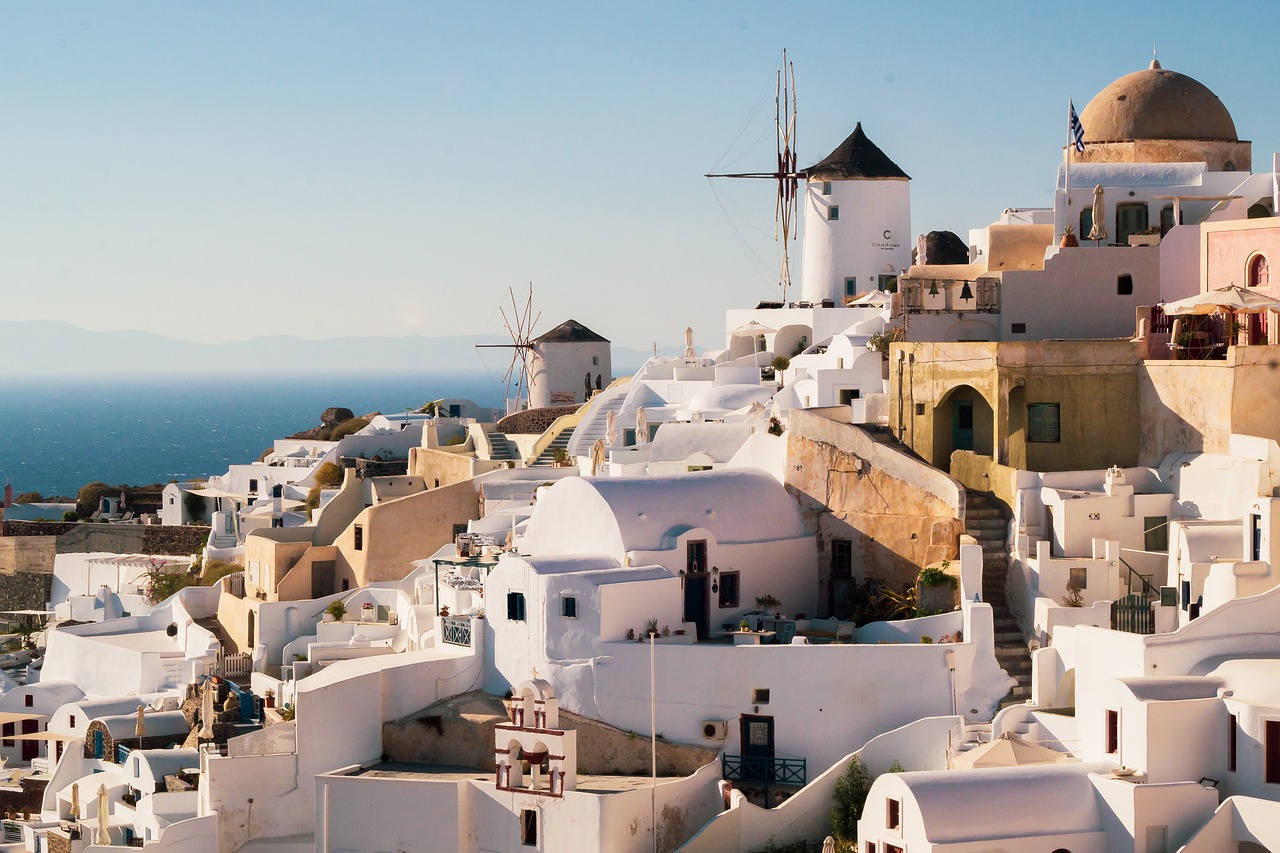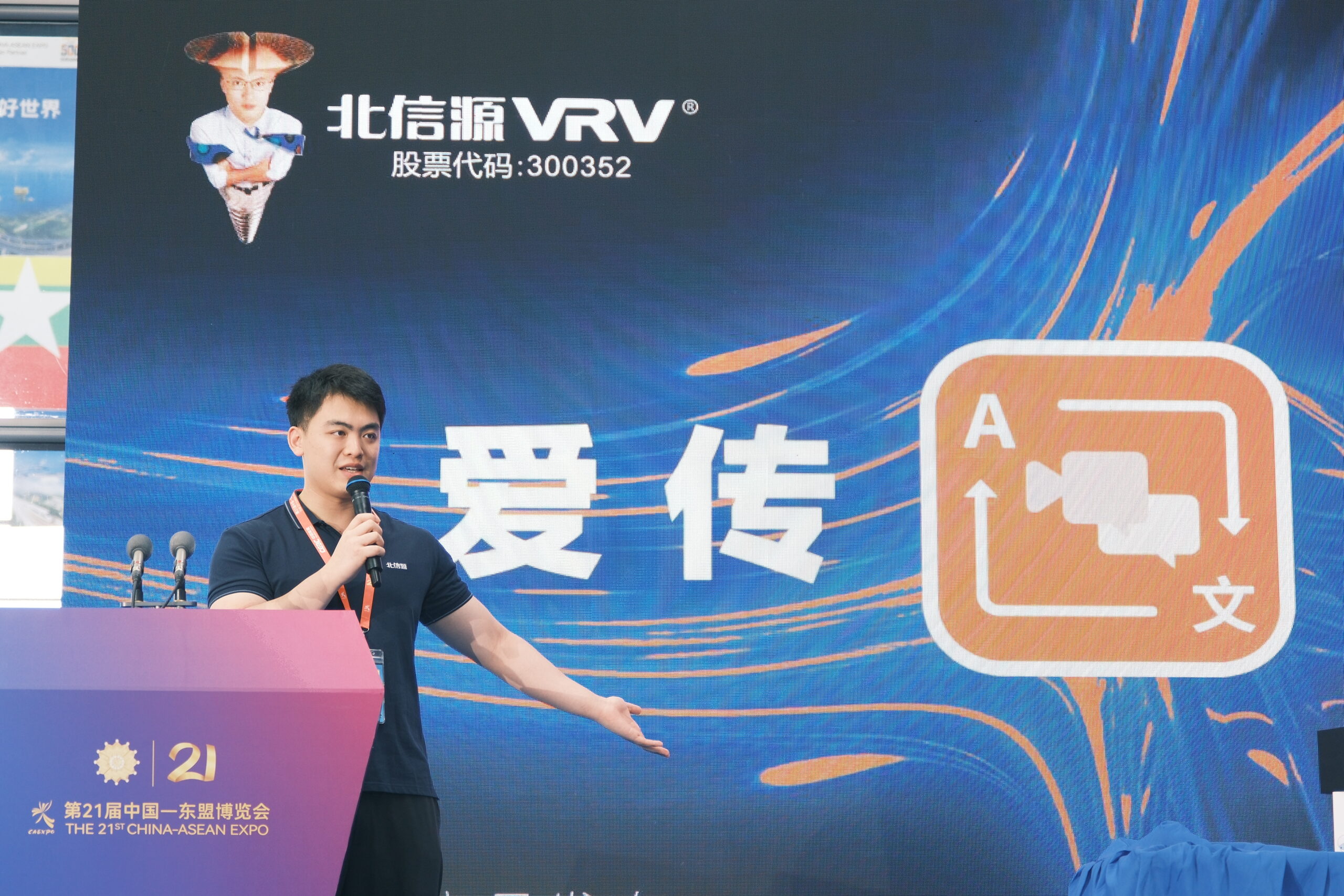Santorini, renowned for its stunning caldera views, white-washed buildings, and deep blue seas, has long been a magnet for tourists from around the globe. However, recent seismic activity in the region has raised concerns about safety, infrastructure, and the long-term impact on its iconic tourism industry. While earthquakes have periodically rattled the island, local authorities, business owners, and residents are now taking unprecedented steps to ensure that Santorini remains both a safe and alluring destination.
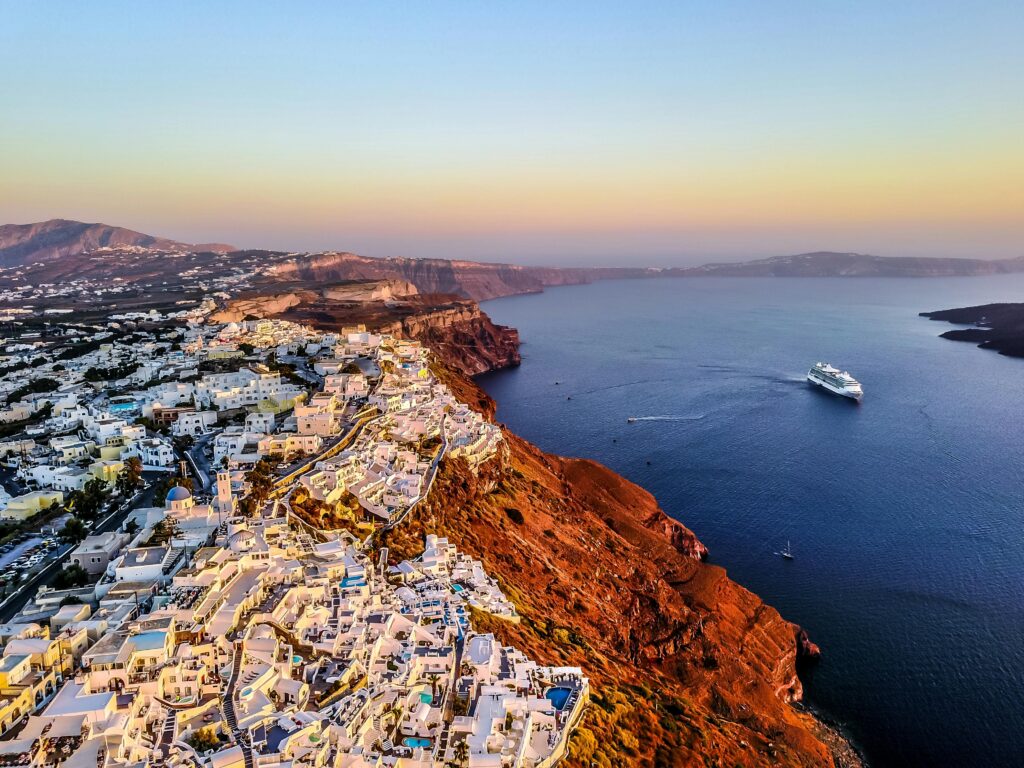
Unraveling the Seismic Story
Santorini’s unique volcanic origins mean that the island is no stranger to seismic activity. Recent earthquakes have drawn international attention due to their frequency and intensity. These tremors, while generally moderate in magnitude, have prompted comprehensive reviews of building codes, emergency response protocols, and structural reinforcements. Scientists and engineers are closely monitoring the island’s geology to better understand the underlying forces at work, providing valuable data to improve predictive models and safety measures.
Impact on Tourism: Challenges and Adaptations
The tourism sector, a cornerstone of Santorini’s economy, has felt the ripples of these natural events. Key challenges include:
- Safety Perceptions: Travelers are increasingly aware of the island’s seismic risks. To address these concerns, local authorities have implemented rigorous building inspections and modernized emergency systems.
- Infrastructure Upgrades: In response to recent quakes, historic buildings and modern hotels alike are undergoing retrofitting to bolster structural integrity. This includes integrating seismic-resistant materials and advanced engineering techniques without compromising the island’s traditional charm.
- Tourism Diversification: While traditional leisure tourism remains strong, there is a growing trend toward “geo-tourism.” Visitors are now offered guided tours that explain the island’s volcanic history, its seismic activity, and the cutting-edge measures taken to ensure safety. These educational experiences add a unique dimension to the Santorini visit.
Recovery and Resilience: A Collaborative Effort
In the wake of the earthquakes, local government, private investors, and international agencies have rallied to secure Santorini’s future:
- Policy Initiatives: New regulations emphasize strict adherence to updated seismic standards. These policies not only aim to protect residents but also assure visitors of a robust safety framework.
- Community Engagement: Local businesses and community leaders have initiated public awareness campaigns. These programs educate both locals and tourists on emergency procedures, creating a culture of preparedness.
- Financial Support: Subsidies and low-interest loans are being offered to small business owners and property developers to support retrofitting projects. This financial backing ensures that the local economy can withstand short-term tourism dips while long-term safety is enhanced.
Economic and Cultural Dimensions
The economic impact of these natural events is multifaceted. While temporary declines in visitor numbers are a concern, the proactive measures taken by Santorini are paving the way for a more resilient future:
- Boosting Local Employment: The push for infrastructure improvements is creating job opportunities in construction, engineering, and tourism management.
- Preserving Heritage: Efforts are being made to balance modernization with preservation. Historical landmarks are receiving special attention to maintain the island’s unique character while ensuring they meet modern safety standards.
- Global Reputation: By positioning itself as a destination that marries natural beauty with proactive safety measures, Santorini is reinforcing its status as a world-class tourist destination. This strategy not only allays fears but also attracts visitors interested in both leisure and learning about the natural world.
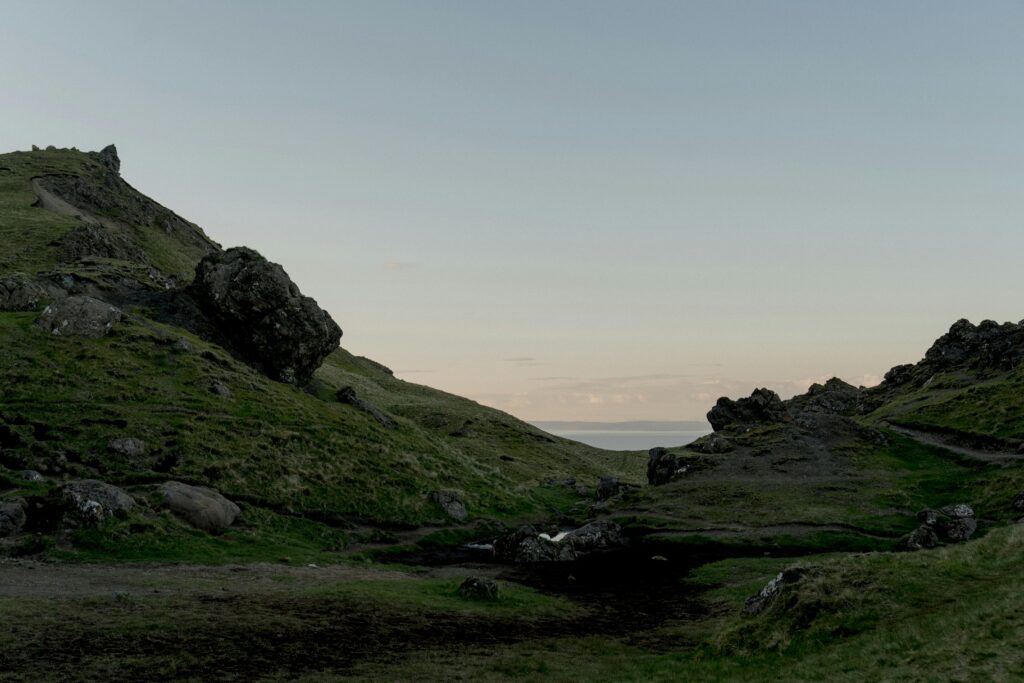
Looking Forward: Embracing Change in a Dynamic Landscape
Santorini’s experience serves as a powerful reminder of nature’s unpredictability and the need for constant adaptation. Future developments on the island may include:
- Innovative Tourism Products: Enhanced digital tours, augmented reality experiences that simulate historical earthquakes, and interactive educational exhibits could redefine visitor experiences.
- Enhanced Monitoring Systems: Deployment of advanced seismic monitoring technologies will allow for real-time updates and early warnings, further safeguarding residents and tourists alike.
- Sustainable Development: There is a strong focus on sustainable tourism, ensuring that any new developments are both eco-friendly and resilient against natural events.
Frequently Asked Questions
Q: How frequent are earthquakes in Santorini?
A: Due to its volcanic origins, Santorini experiences periodic seismic activity. While many quakes are moderate and cause minimal damage, recent events have prompted enhanced safety measures and building reinforcements.
Q: What measures are being taken to ensure tourist safety?
A: The island has implemented stricter building codes, retrofitting historic and modern structures with seismic-resistant technologies. Emergency response protocols have also been upgraded, and real-time monitoring systems are in place.
Q: Will the recent earthquakes affect the long-term tourism industry in Santorini?
A: While there may be short-term fluctuations in visitor numbers, proactive infrastructure improvements, public awareness campaigns, and innovative tourism initiatives are expected to secure Santorini’s status as a premier destination.
Q: What is geo-tourism, and how is it being promoted in Santorini?
A: Geo-tourism focuses on the geological features of a destination. In Santorini, guided tours and educational experiences explain the island’s volcanic history and seismic activity, offering visitors a deeper understanding of its natural landscape.
Q: Are local businesses receiving support for earthquake-related upgrades?
A: Yes, local government initiatives and financial programs are providing subsidies and low-interest loans to help businesses upgrade their facilities, ensuring both safety and economic stability.
Q: How is Santorini balancing modernization with heritage preservation?
A: Efforts are underway to retrofit historical buildings with modern safety features without altering their iconic appearance, preserving the cultural heritage that defines Santorini.
Q: What can tourists expect during an emergency in Santorini?
A: Tourists will benefit from clear, accessible information on emergency procedures. Enhanced communication systems, trained staff, and visible safety measures contribute to a secure environment during any seismic event.
Q: How will future technologies improve safety on the island?
A: Continued investment in seismic monitoring, early warning systems, and innovative construction materials will further protect both residents and visitors, making Santorini more resilient to future earthquakes.
Q: Is it still safe to visit Santorini after recent earthquakes?
A: Yes, extensive measures have been implemented to ensure safety. While no destination is entirely free from natural risks, Santorini’s proactive approach reassures visitors that safety is a top priority.
Q: How are tourism trends evolving in response to the earthquakes?
A: There is a growing interest in educational and experiential travel, with geo-tourism on the rise. Visitors are attracted by the opportunity to learn about the island’s dynamic geology and the state-of-the-art measures taken to protect it.
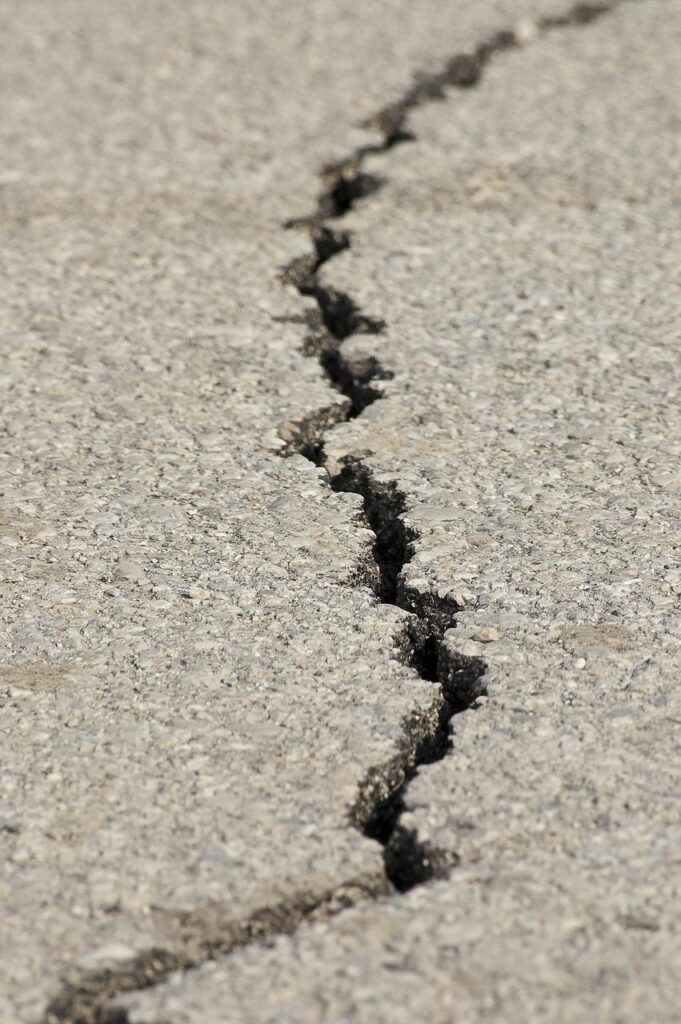
Conclusion
Santorini stands as a testament to resilience—a place where natural beauty meets proactive innovation. While earthquakes present undeniable challenges, the island’s strategic upgrades, community engagement, and innovative tourism offerings are securing its future. For travelers, Santorini remains a destination of wonder, where every visit is a blend of timeless charm and modern safety, ensuring that the magic of this iconic paradise endures for generations to come.
Sources The New York Times
